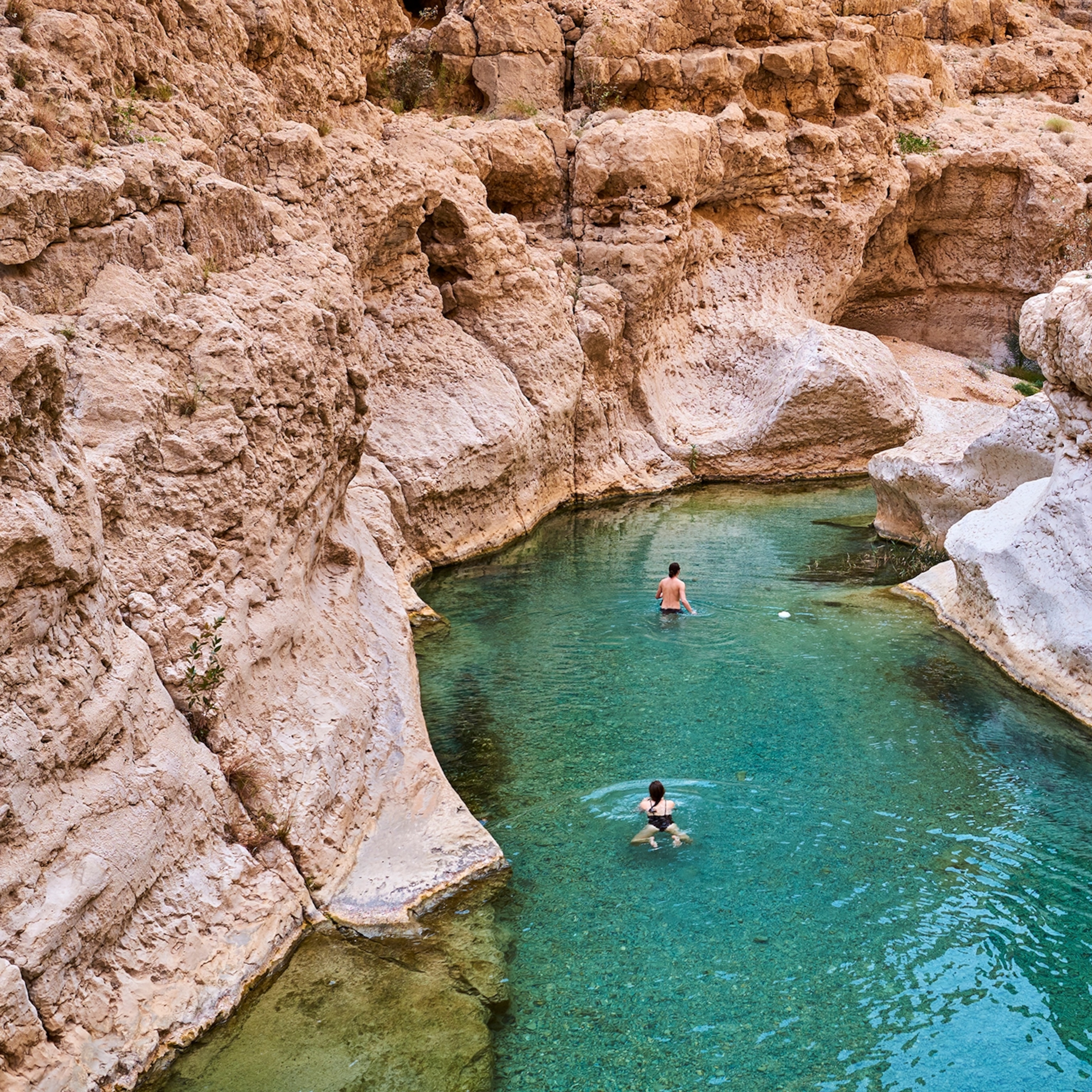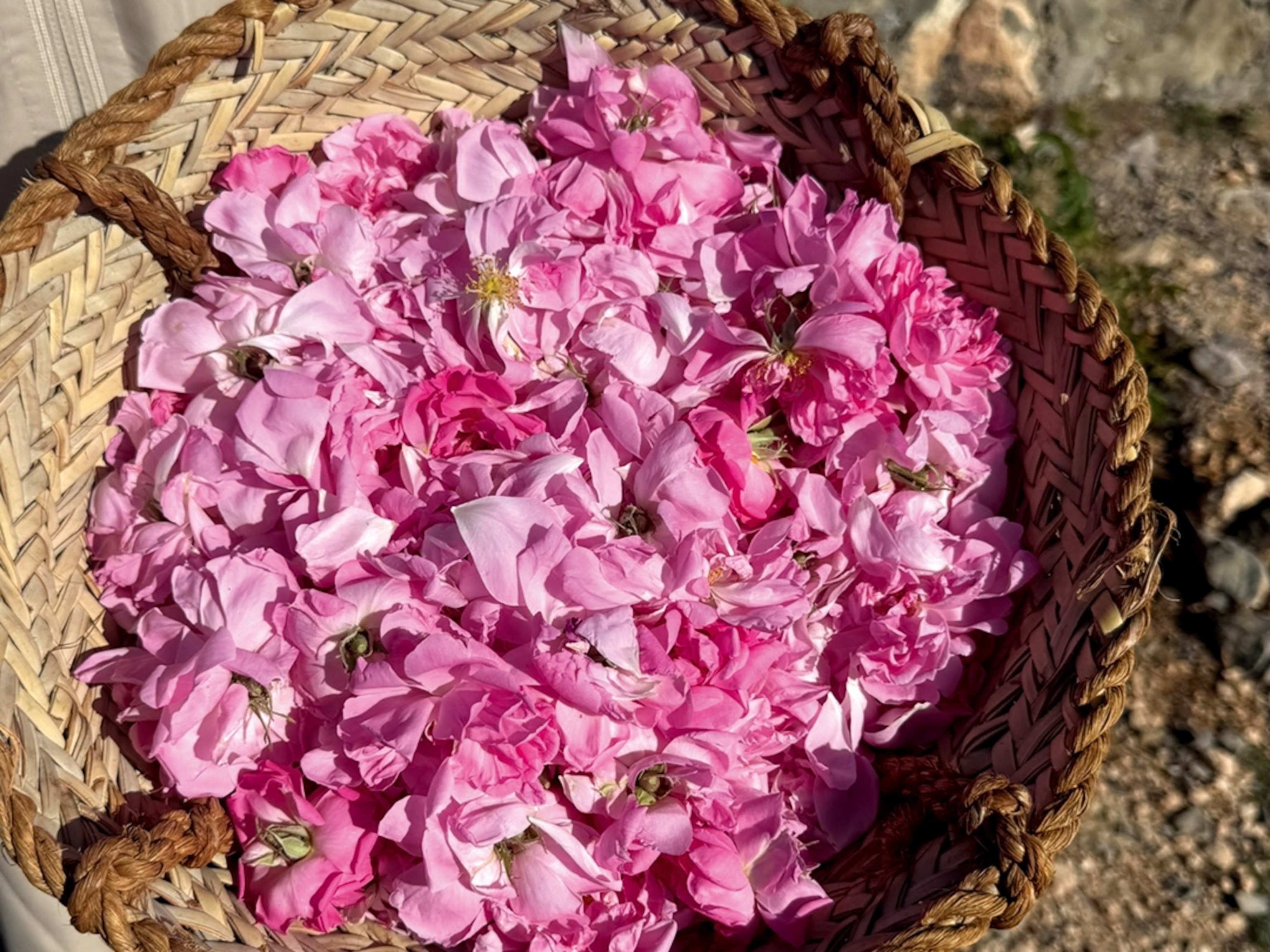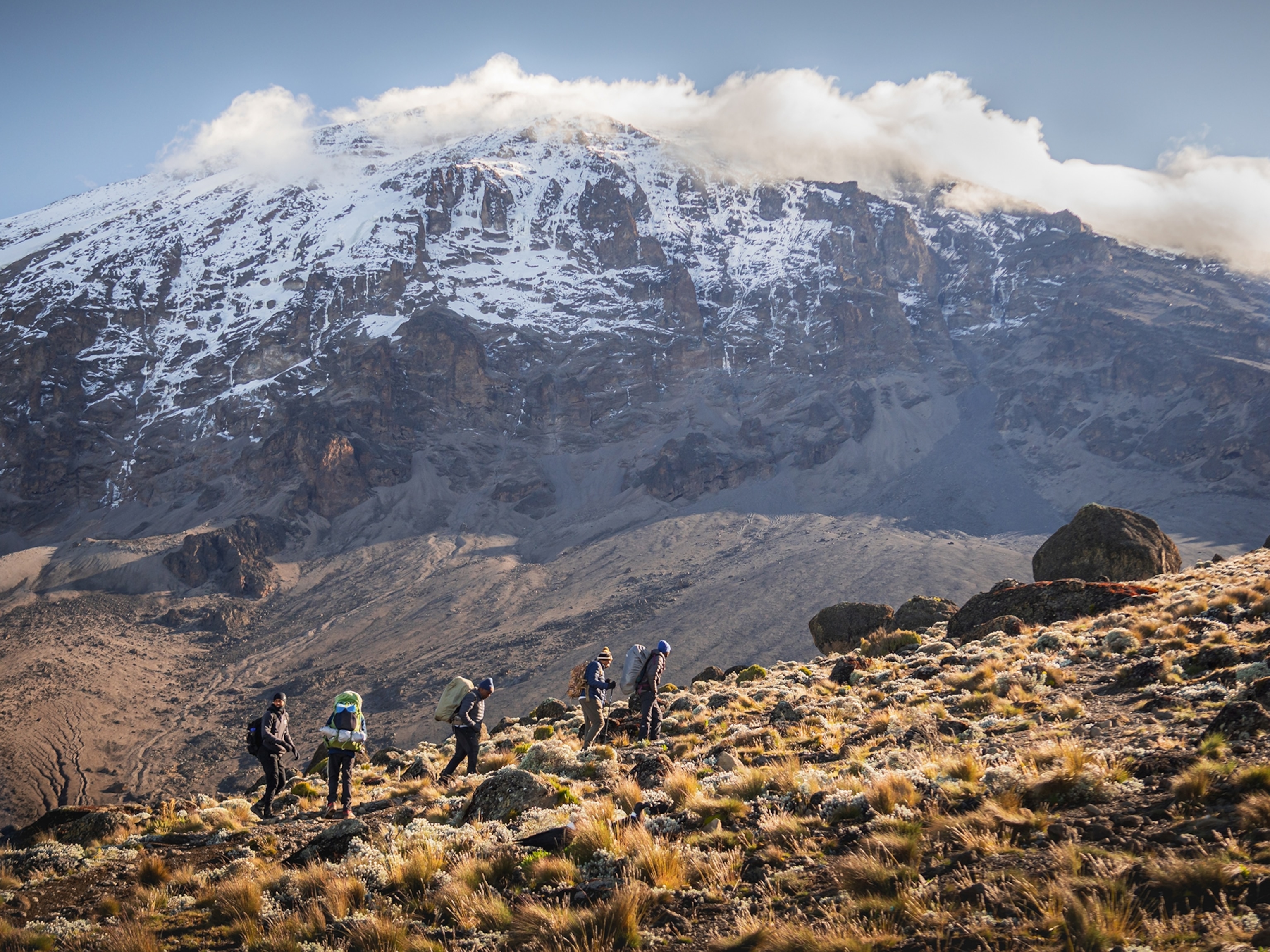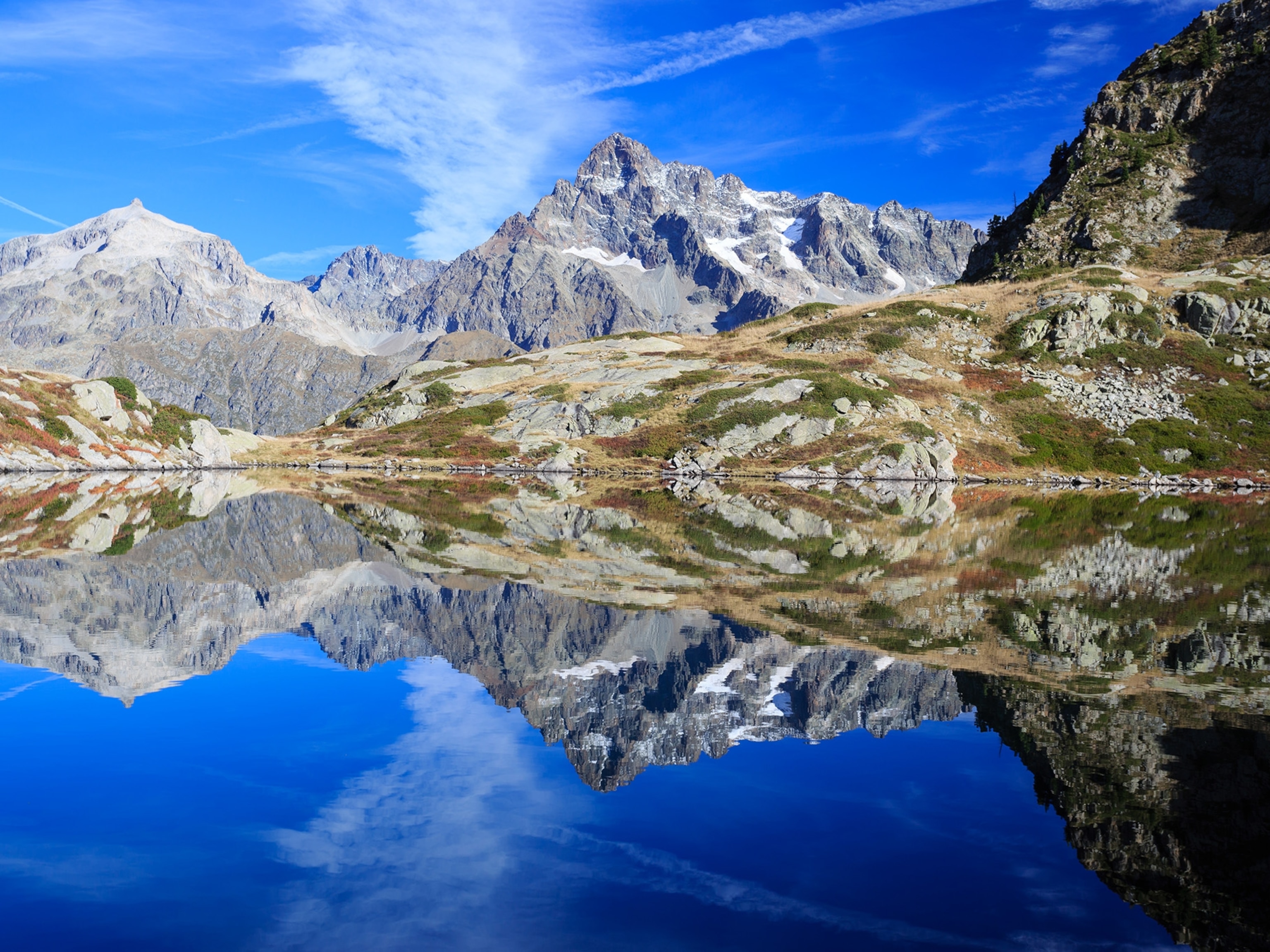
A guide to exploring Oman’s monumental mountain scenery
This is a country where mountains, valleys and canyons combine to create fierce, monumental scenery. Read on for our pick of the top ways to tackle the peaks, from rock climbing on sea cliffs to abseiling hidden waterways.
Get rid of any notions of flat, sun-baked monotony, the landscapes of Oman were formed with a flourish. Surrounding the capital city Muscat, the mighty Hajar Mountains span almost the full width of the national map, while the fjord-like heights of the Musandam Peninsula reward those who venture even further north. Down in the south, meanwhile, the hefty peaks of the Dhofar Mountains provide drama of their own. Adventure? You’re in the right country.
Climbing in the Hajar Mountains
Oman has a serious reputation for its rock climbing. One look at the towering south face of Jebel Misht — the tallest cliff of its kind on the Arabian Peninsula, topping out at around 3,280ft — is enough to tell you why. Hardened international climbers rave about the country’s big wall routes, limestone peaks and testing crags. The even better news is that you don’t need to be ultra-experienced to sample what makes them special.
Jebel Misht sits (or rather hulks) a few hours to the west of Muscat, but if you instead depart the capital city to the east you’ll head towards Wadi Daykah, one of the country’s best sport climbing areas. It’s possible to drive almost to the base of the canyon, and once on site you’ll find routes for various abilities. Crucially, there are options on both sides of the canyon, making it easy to find somewhere to climb in the shade.
Gulf Jewels Tours offers various mountain climbing outings in the region.
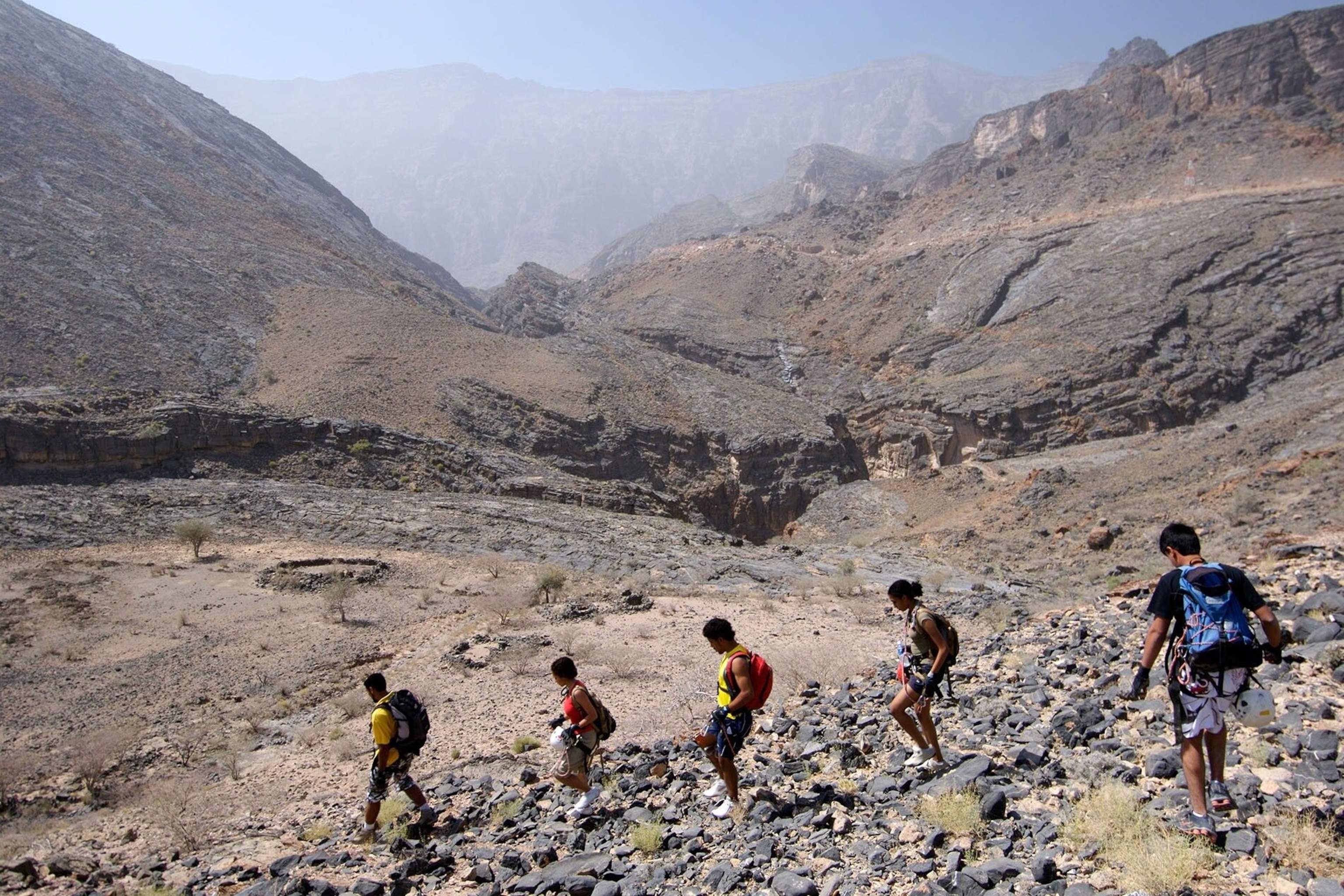
Abseil at Wadi Taab
A four-wheel-drive vehicle trip of some two hours brings you from the built-up neighbourhoods of the capital to the hidden freshwater valley of Wadi Taab. Carved into the dry Salmah Plateau, the wadi makes for a taxing but unforgettable spot for abseiling and climbing. Accessing the site is an adventure in itself, with some sizable drops to negotiate, and the rugged terrain means you can expect any trip here to be a full-day undertaking.
The highlights along the way, however, are numerous. By crossing the whole wadi you’ll enjoy multiple abseils — the longest of them stretching for 165ft — as well as various canyoning jumps into natural water pools. The experience culminates with a steep, 1,150ft, rope-assisted climb back up to the plateau. Operators provide the relevant equipment, but you’ll need to wear sensible clothing and bring plenty of water and snacks.
Change Your Routine offers day trips to Wadi Taab from Muscat.
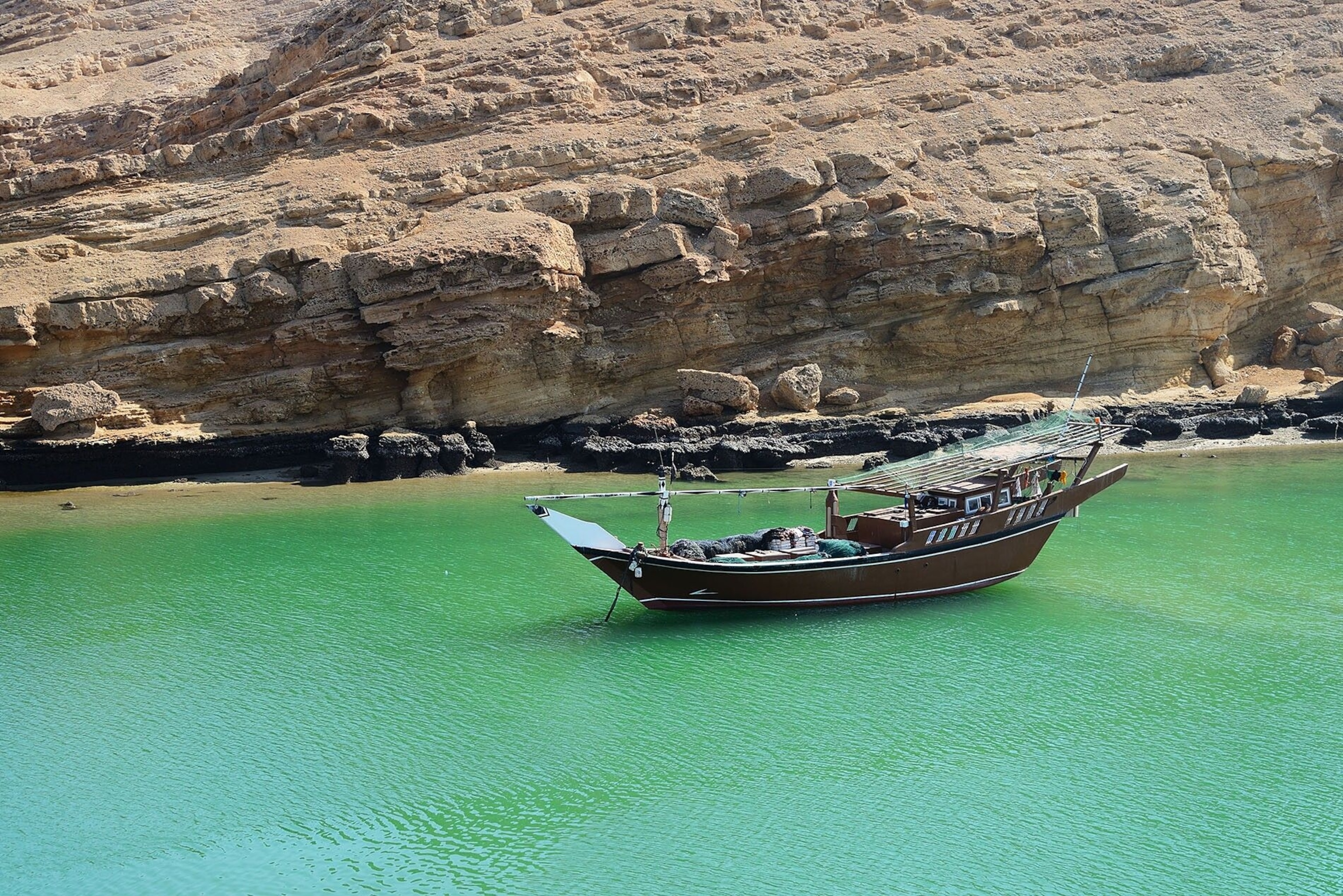
Climb sea cliffs on the Musandam Peninsula
Oman’s Musandam Peninsula is a place apart — in more ways than one. Separated from the rest of the country by the deserts of the UAE, the peninsula is a wild, mountainous exclave holding some of the most stunning landscapes in the country. Its rocky fjords and raw coastal views make it a magnet for dhow cruises and remote high-end resorts, while its limestone crags and soaring sea cliffs offer superb climbing.
Leaning out of the waves, Musandam’s imposing cliffs allow climbers of all abilities to try out their skills (as well as perfecting the art of jumping into the sea from giddy heights). What’s more, a trip here can incorporate numerous climbing sites on the same day and can be easily combined with time spent snorkelling in the crystal clear waters of the Gulf of Oman.
Absolute Adventure uses speedboats to access the cliffs for half-day climbing adventures.
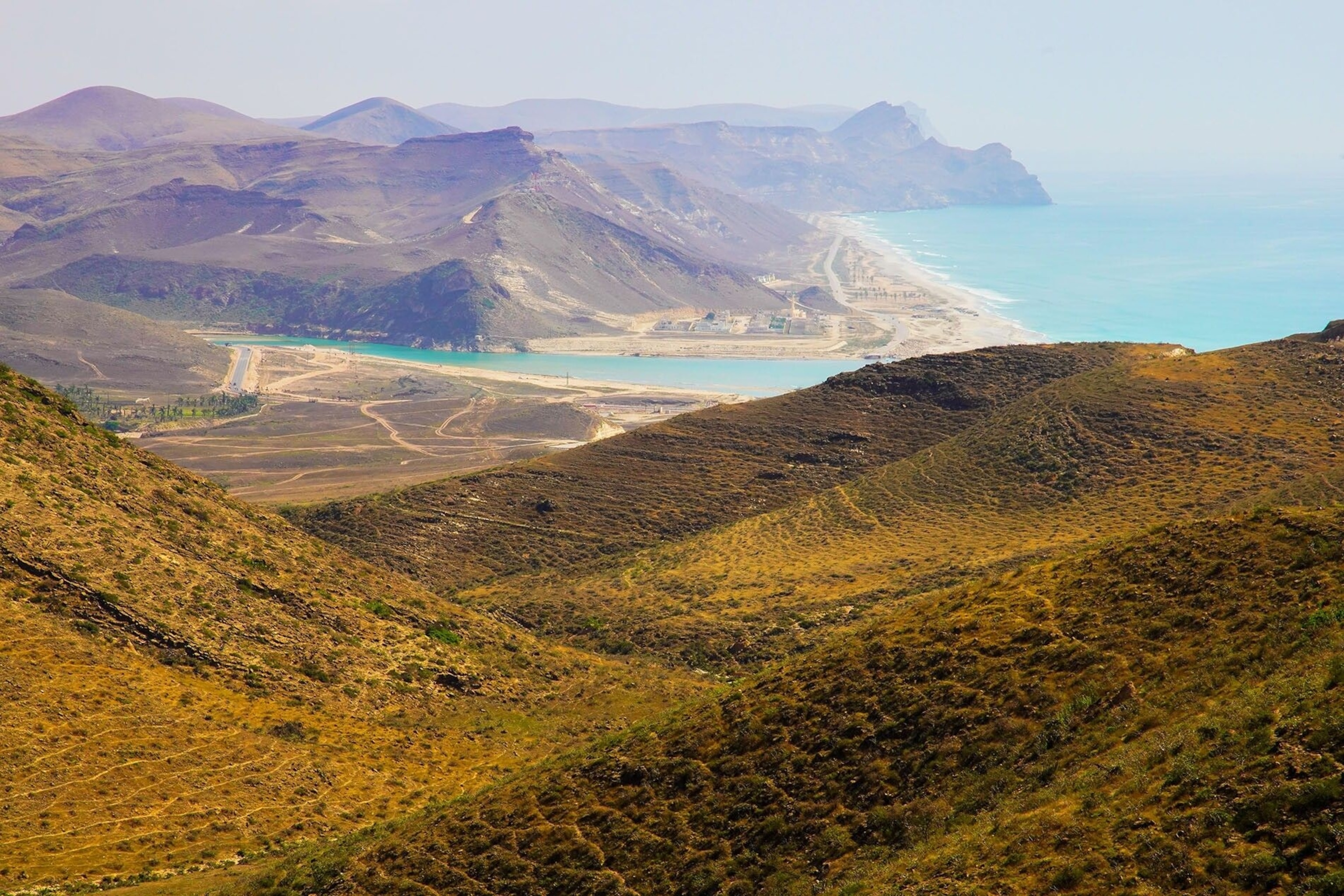
Explore the south in rainy season
The accepted wisdom is to visit Oman between October and March, when the temperatures are at their most pleasant. Not so in the deep south. The mountainous Dhofar area around the coastal city of Salalah has a monsoon season lasting from July to September, when clued-up Arabian travellers gravitate here to enjoy the mild days, the heaven-sent drizzle and the prospect of hills alive with greenery.
A visit at this time makes for a memorable travel experience. The mountains shimmer the colour of emerald. Waterfalls gush into rivers. Seasonal swimming holes appear, ringed by mossy rocks. The only sensible thing to do, really, is to get out there and explore, wallowing in the pools and gazing out at the highland scenery of this unique pocket of the country. And if that’s not enticing enough, the region also includes the Jabal Samhan Nature Reserve, which is home to the incredibly rare Arabian leopard.
Al Fawaz Tours offers various tours of the Dhofar region.
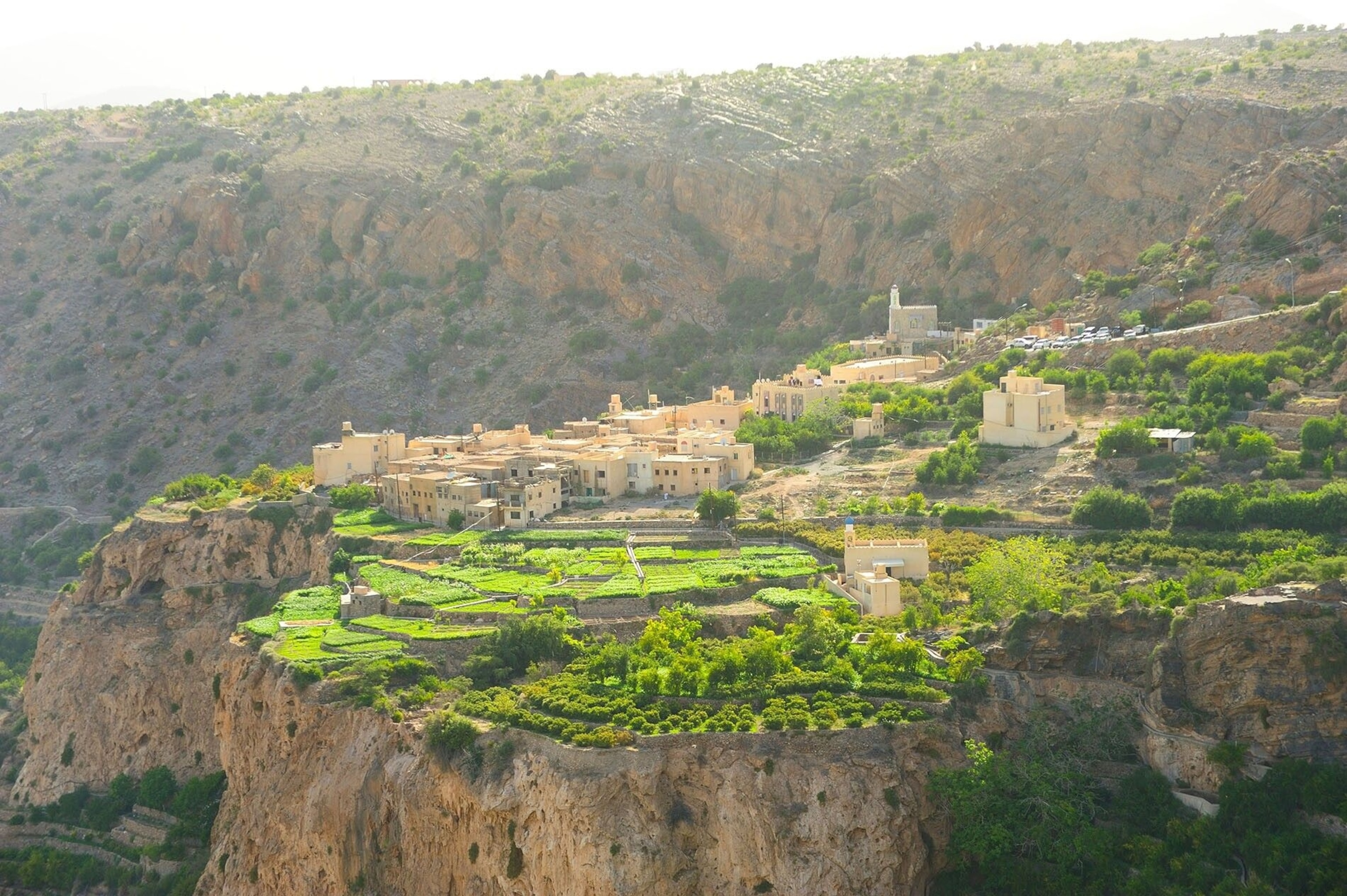
Smell the roses in Jabal Akhdar
The Jabal Akhdar mountain range gets overshadowed — almost literally — by the nearby Jebel Shams area, where the attractions include Oman’s highest peak (the 9,935ft bulk of Jebel Shams itself) and the dramatic depths of Wadi Ghul canyon. But ignore Jabal Akhdar at your peril. Famed for its maze-like series of wadis and cliff-perched terraced orchards, it offers a hiking experience unlike any other in the country.
Rose gardens, pomegranate trees and apricot groves all flourish here in the balmy mountain climate. Come trekking here between March and May and you’ll encounter the roses in bloom, as well as witnessing the centuries-old methods still used to distil rosewater. It’s also a chance to see ancient irrigation systems up close, explore local villages and revel in the area’s deep, chasm-laden scenery.
twenty3 extreme offers a Rose Gardens of Jabal Akhdar hike.
Essentials
Getting there
Oman Air flies direct from Heathrow to Muscat International Airport.
When to go
October to March are the peak months, when much of Oman has a summer-in-the-Med climate.
For more information on the country as a whole, visit experienceoman.om.
Follow National Geographic Traveller (UK) on social media
